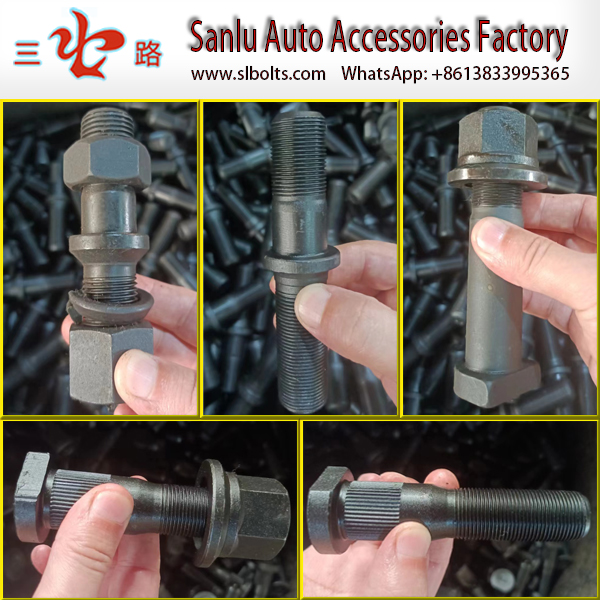1.Materials: Common materials include carbon steel, stainless steel, etc. Select materials with appropriate strength and corrosion resistance based on the purpose and requirements of the bolts.
2.Forging: Heat the material to an appropriate temperature, and then use a forging press or hammer to forge the material, pressing it into cylindrical billets.
3.Turning: Turning the forged blank, usually using CNC machine tools, to improve production efficiency and accuracy.
4.Advanced processing: According to the special requirements of bolts, some advanced processing techniques may be required, such as cold extrusion, drawing, drilling, milling, etc. These processing steps can improve the surface quality, dimensional accuracy, and mechanical properties of bolts.
5.Quenching and tempering: Quenching and tempering the processed bolts to improve their hardness and strength. Quenching achieves high hardness through rapid cooling, while tempering achieves moderate hardness and toughness through heating and then cooling.
6.Surface treatment: The surface of bolts usually requires some special treatment, such as galvanizing, nickel plating, spraying, etc., to increase the corrosion resistance and aesthetics of the bolts.
7.Testing and quality control: During the production process, various tests are required on bolts, such as size, hardness, mechanical properties, etc. Ensure that bolts meet design requirements and standards through testing and quality control.
8.Packaging and delivery: Tested and qualified bolts are packaged, usually in wooden or cardboard boxes, and then sold at the factory.
Post time: Jul-25-2023



